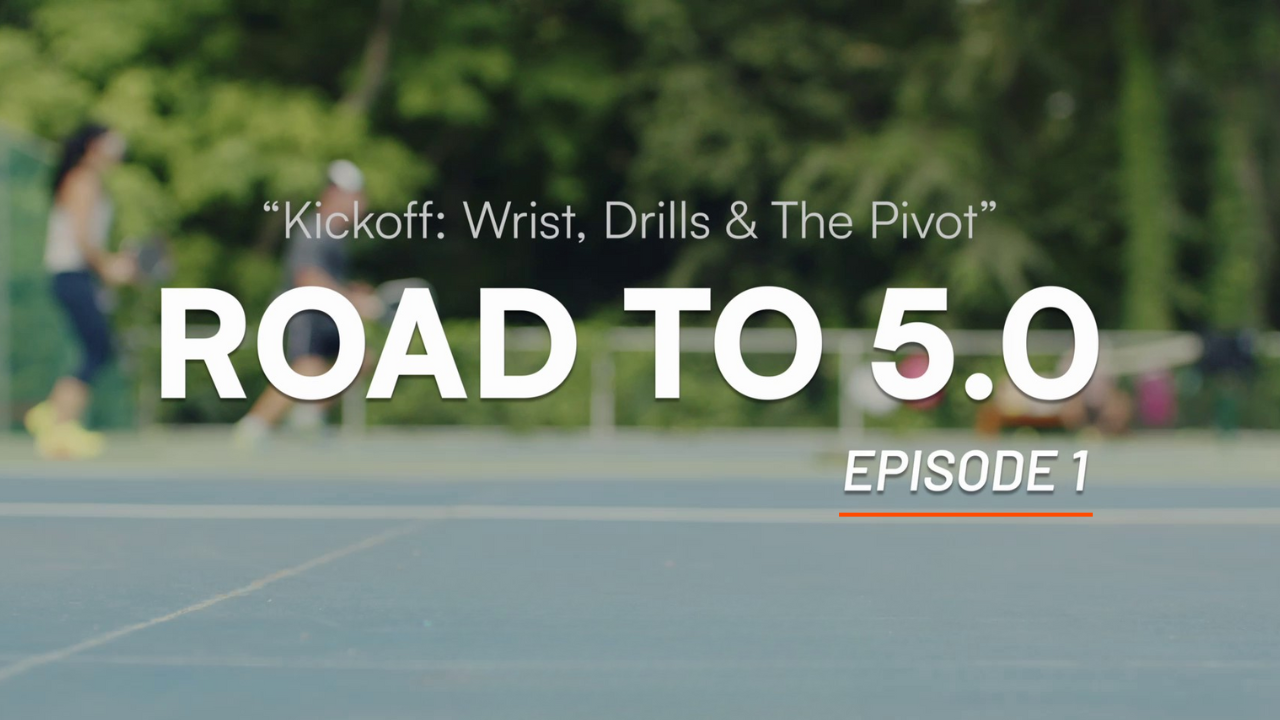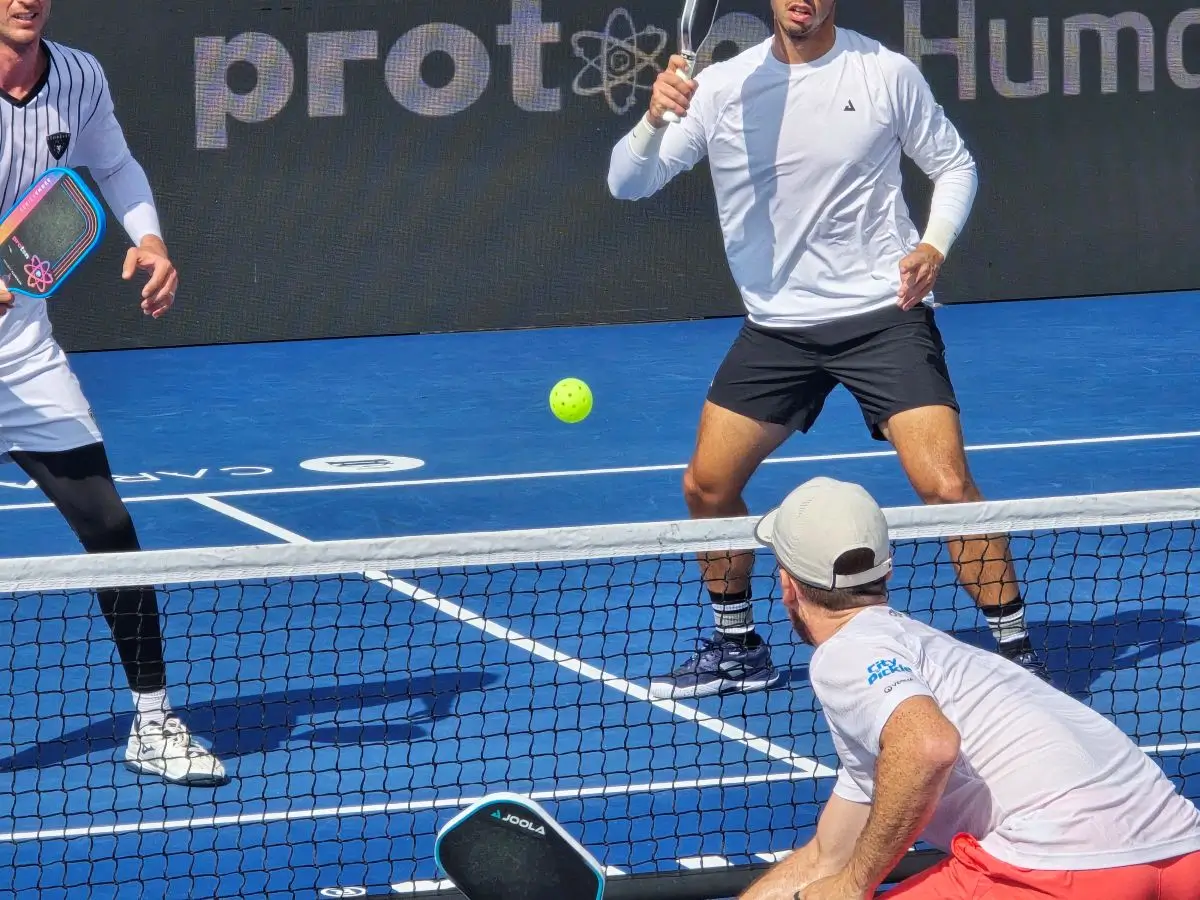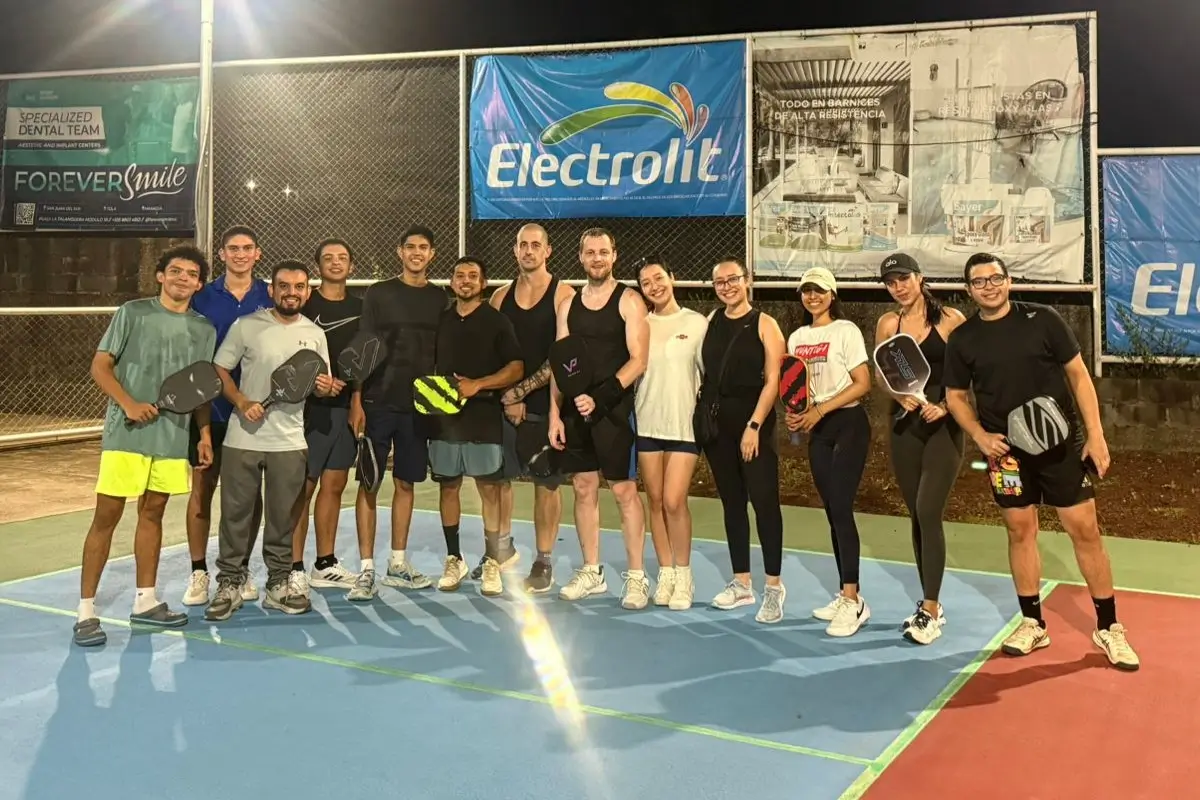Pickleball in Nicaragua: History, Growth & Outlook (2021–2025)
Pickleball arrived in Nicaragua in 2021 almost by accident and it continues to grow in popularity. What began as a lockdown escape valve for surf‑loving expats with a portable net is now a genuine racquet‑sport movement with local traction, a growing tournament calendar, and a future that will be shaped by a friendly rivalry with padel. This field report traces pickleball’s arrival in Nicaragua, how it has taken root, and my outlook for its future.
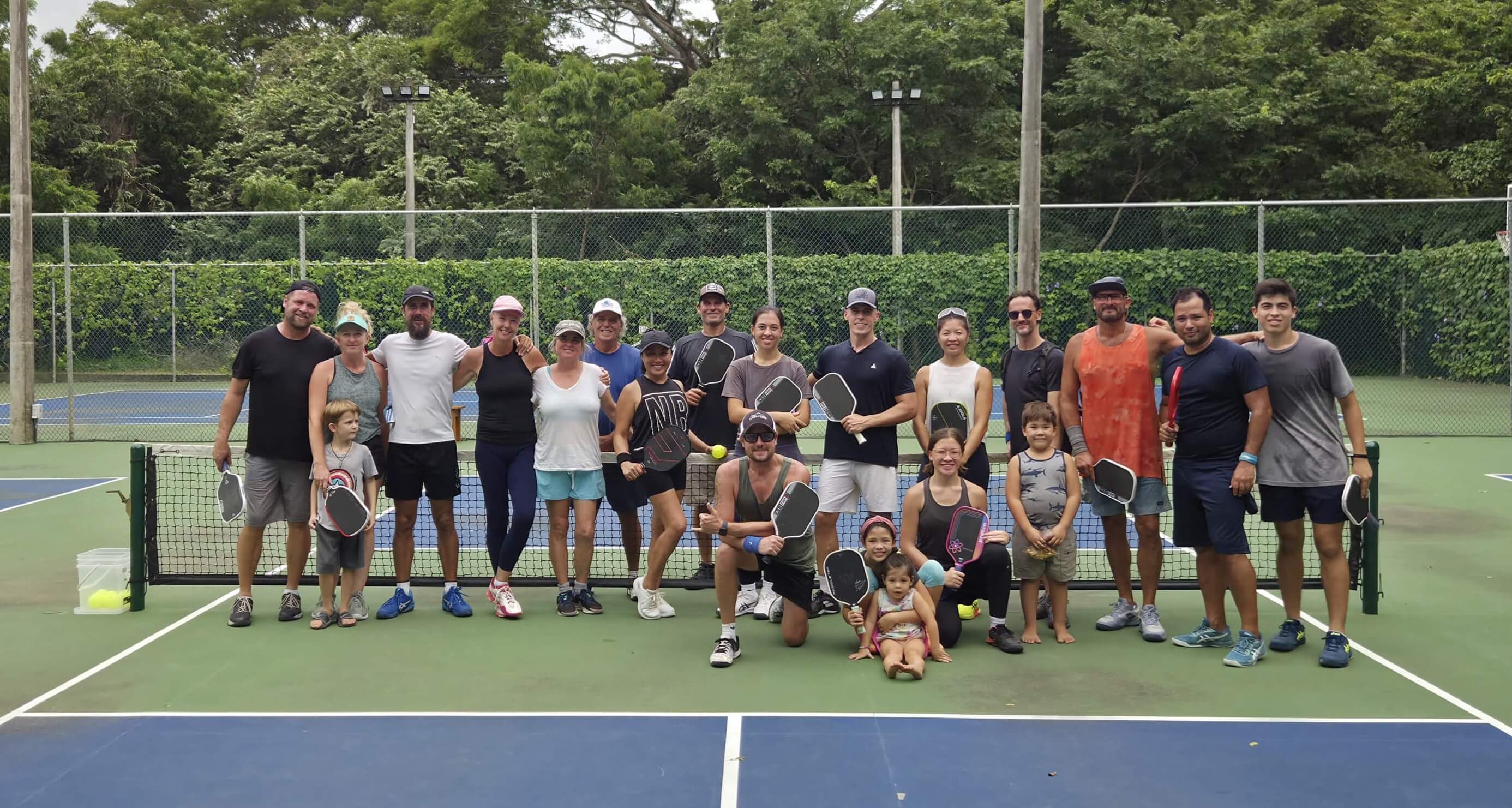
Let's Explore Nicaragua's Pickleball Scene
After playing pickleball in Nicaragua for two years, it is clear that the sport has taken root in the country in an unusual way. This field report tells the story and what you can expect if you travel here to play.
How It Landed (2020–2021): From Borrowed Lines to Permanent Pickleball Courts in Multiple Locations
In 2020, as the U.S. experienced a grassroots pickleball surge (from Provo, Utah, then outward), largely due to Covid lockdowns, some expats decamped abroad. Warmer water, open air, fewer people, and community. The first paddles and nets arrived through a Florida-based family connection of an expat surfer living in Nicaragua.
First play sites.
- Rancho Santana: taped lines for community games on the tennis court.
- Fun Limón: more taped lines on a covered community basketball court just outside the Ranch (gen-one paddles, a portable net, and hustle).
- San Juan del Sur: expats organized the first dedicated play; and then the first purpose‑built pickleball court in the country was built here soon after, Pickleball San Juan del Sur.
.png)
Infrastructure Takes Root (2022–2025): From Tape to Concrete
By early 2022, the rhythm was set: mornings on court, afternoons surfing or golfing and catching sunsets. The sport felt communal, scrappy, and contagious. With that, investment in more play sites happened, as follows:
- A court was stood up in Escamequita, a location that now has added a second court (they host the annual King Of The Jungle tournament).
- Las Escadas Pickleball in San Juan del Sur started as a hub, building two courts initially, and since expanding to more.
- Rancho Santana built three permanent pickleball courts next to its tennis court.
- Hacienda Iguana followed with two courts, giving the Emerald Coast a credible cluster.
.png)
Pickleball-loving expats in San Juan del Sur, in partnership with Las Escadas Pickleball, have started initiatives like the Believe Academy—a regular donation-coaching program to help train local Nicaraguan children on the sport and equip them with pickleball paddles.
Managua’s inflection came in 2024. The capital experienced a padel boom with four or five clubs stood up rapidly, including:
- PadelClub Las Colinas (now with two pickleball courts and a tennis court).
- Padel Point Club (no pickleball, yet).
- Raqueteo Padel Club (now with two pickleball courts).
- Zona Padel (no pickleball,yet).
In Managua, padel carries more prestige with the city’s elite, resonating with European and Latin American trends. Even so, two padel clubs added multiple pickleball courts, and with them, a first wave of Managua‑based Nicaraguan players who began treating pickleball as their sport.
.png)
In 2025, Nicaragua’s pickleball trajectory looks even more promising as the following developments are in various levels of planning and development:
- Palmera Pickleball is looking to build a large venue inside of (or just outside of) Rancho Santana that aims to offer indoor and outdoor pickleball courts (including a championship court), padel courts, along with amenities like a café, gym, spa, co-work space, and podcast studio. Exact timing is still uncertain, but the investors are pickleball enthusiasts that have residency in Nicaragua, so they want to build what they hope will be an international hub for good-vibes pickleball training, community, and special events. Palmera Pickleball has retained the services of Johns Design & Consulting (JDC) to make sure they get every detail right for an optimal player experience and facility vibe.
- Guacalito de la Isla (aka. Mukul Resort) is an exclusive gated-community and resort with an 18-hole golf course and tennis courts. In September 2025, they added both a pickleball and padel court, but like Rancho Santana’s current courts or those at Hacienda Iguana, they are private access through their respective community or resort business models.
- And there are rumors of a potential racquet club with padel and pickleball coming to Granada.
Perhaps most importantly, pickleball in Nicaragua is now making its way into local communities as a grassroots movement, with makeshift courts and community play happening in towns like Rivas, León, Granada, and Esteli. These groups are creating Instagram accounts like Pickleball Rivas and Pickleball Managua, and they are meeting regularly and organizing tournaments. After a quick look at the level of play, it is clear that the local scene is still very early and raw, and that’s because it’s totally fresh, with pickleball being played by people that have, in many cases, no history in sports activities. And that’s part of the beauty of pickleball: It’s accessibility allows a broad spectrum of people to engage in a healthy, fun activity that transcends differences to build happy communities.

The Current Scene: Level of Play, Vibe, Notable Talent (as of Aug 2025)
- Cohorts. Most expats are now in their second to third year of play; some veterans are entering year four. Several bring serious tennis pedigrees, including former competitors and coaches, accelerating the collective learning curve.
- Culture. The vibe is all-around friendly community and mostly-open competition. There are sometimes frustrations expressed by people about getting access to their desired experience. For instance, some people just want to have fun in community-jumble games, while others want to drill with intent or work on their singles game.
- Coaching. Clinics by pros—Tanner Tomassi, Van Damrongsri, and Hercilio Cabieses, among others—have raised the floor and sharpened player development in Nicaragua.
- Level. The top players reside in and around Rancho Santana, Hacienda Iguana, and San Juan del Sur, with a general DUPR around 4.0 trending to 4.5, with pockets above and below. Some have tournament experience; some are ready but untested. The players with tournament experience have traveled to Costa Rica, Peru, and the United States to compete. For example, a number of players were in the World Cup in Peru last year, and will be attending this year’s World Cup in Ft. Lauderdale to represent Team Nicaragua. Meanwhile, players like Jeremy, Mackenzie, Abigail, and Geoff Bourgeois routinely travel to the United States to compete in PPA tournaments at the amateur level, and are registered to play in the 2025 JOOLA Pickleball Celebration tournament followed by the Citrus Classic PPA Challenger the following week in Kissimmee, Florida.
- Local tournaments. Managua now hosts regular events and so does Las Escadas in San Juan del Sur; Rancho Santana and Hacienda Iguana have each held one tournament (more to come). The owner of the courts in Escamequita holds the annual King Of The Jungle competition. When Palmera builds its courts, we expect to make moneyballs part of the scene.
- Structure. Unfortunately, there is minimal structure or programs for pickleball in the country at this time. You can book a court at racquet clubs like Padel Club Las Colinas, Las Escadas Pickleball, and some of the private courts like the one in Escamaquita, but otherwise, the courts within Hacienda Iguana and Rancho Santana are for renting guests, owners, or guests of owners, and court access is first-come, first-serve. There’s something of a dynamic paddle queue system that happens, evolving from challenger-court rules to four-on-four-off depending on player volume.
.png)
What’s Next (2025–2027): Forecasts and Imperatives
1) Formal governance. Expect a Padel Federation to finalize first, with a Pickleball Federation to follow.
2) Court math. There’s talk of community courts in the future. More private courts are being discussed on residential properties. If Palmera Pickleball is successful in building the planned venue, available as a local racquet club and international hub, it will significantly expand the court footprint and player traffic in the country.
3) Youth pipeline. Children are picking up paddles, and with more courts and programs, kids will have more opportunity to develop in the sport.
4) Tournament spine. Perhaps we see the Emerald Coast Classic or the San Juan del Sur Invitational with ref and coaching clinics alongside.
5) Talent acceleration. Pickleball is here to stay in Nicaragua. More and more people are getting into it, and few are leaving. With a growing cohort of daily pickleballers, combined with more tournament experience, it’s only a matter of time before several players reach the 5.0 level (of course, we will look to see this confirmed with reliable DUPRs).
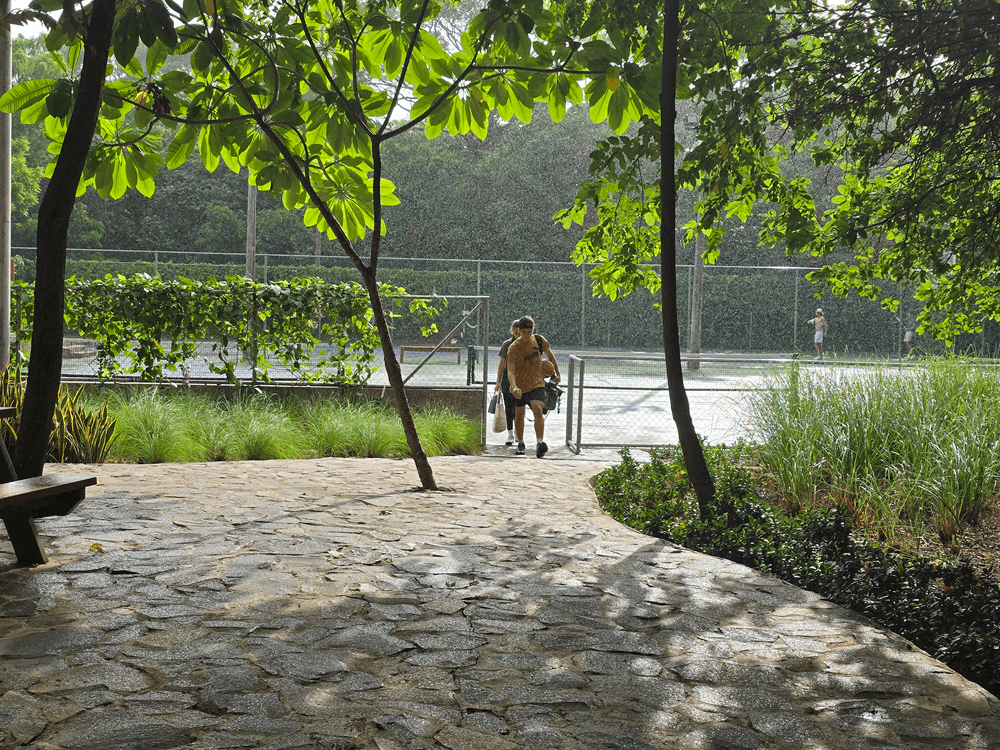
Recommendations for Nicaragua's Pickleball Stakeholders
Resorts & HOAs
- Keep courts well maintained. Being in the jungle next to the ocean presents its challenges to court surfaces.
- Offer tiered programming: intro bootcamps → community open plays → skill-level sessions → tourneys.
- Design spaces for shade, water, and social space; the hang is half the sport.
Urban Clubs (Managua)
- Promote padel + pickleball; encourage players to cross‑train.
- Invest in officiating and league ops; be the standard‑setter.
Municipalities & Schools
- Start with paint and temporary nets; add permanent courts and nets where uptake is proven.
- Build youth and seniors lanes first; the sport thrives on intergenerational play.
Players & Organizers
- Adopt common ratings and ladder formats; publish schedules and results.
- Host clinics around every tournament; make each event a mini‑conference for skills.
.jpg)
Nicaragua's Pickleball Scene: A Legacy In The Making
Nicaragua's pickleball trajectory is a simple, social way to produce skill and community quickly. Padel will keep its glow in the capital; pickleball will stitch the rest of the map together. If we choose governance with care and build courts with intention, the country can grow a racquet culture that is inclusive, excellent, and distinctly Nica—born of beach mornings, friendly culture, and a shared love of the long rally.




